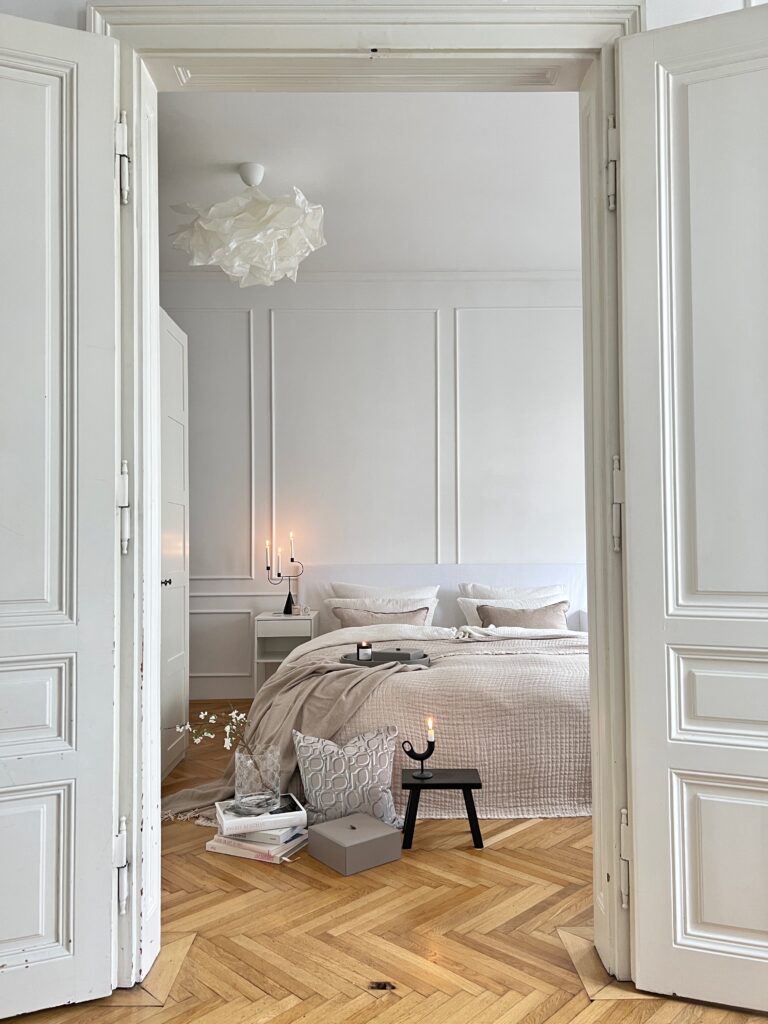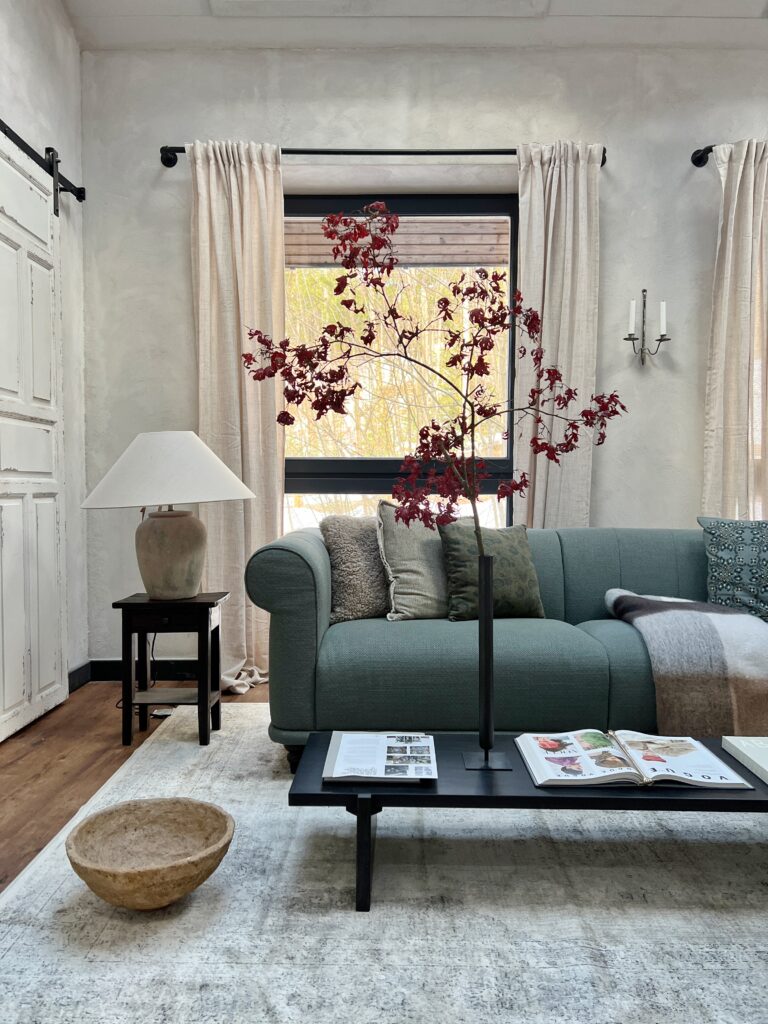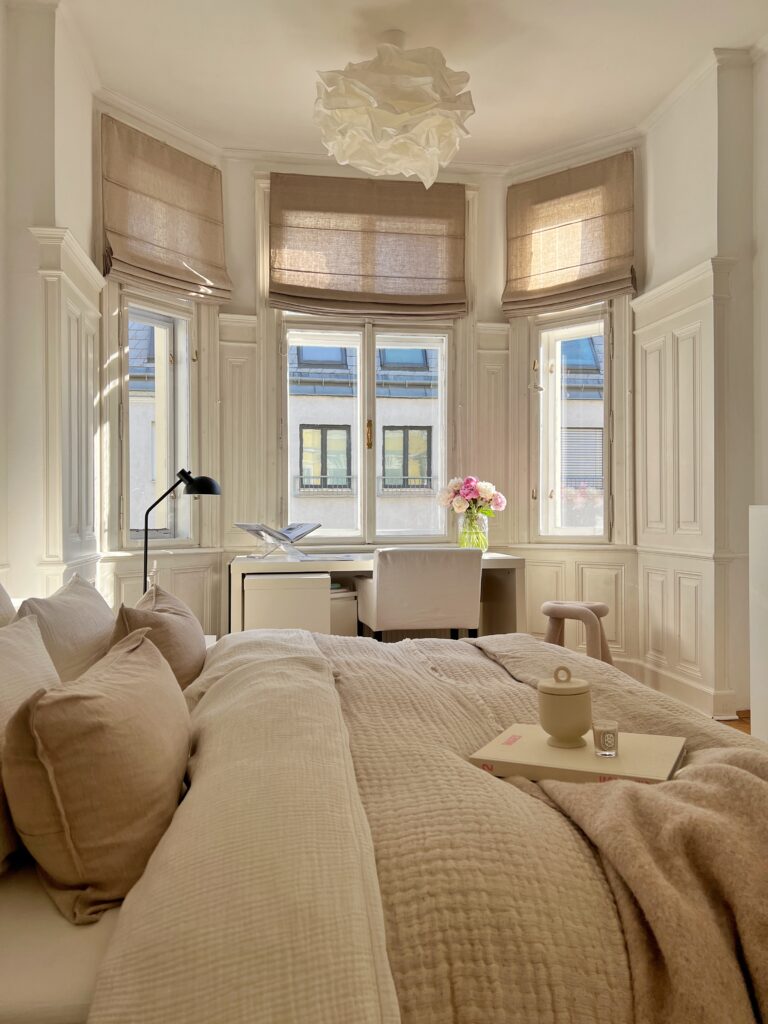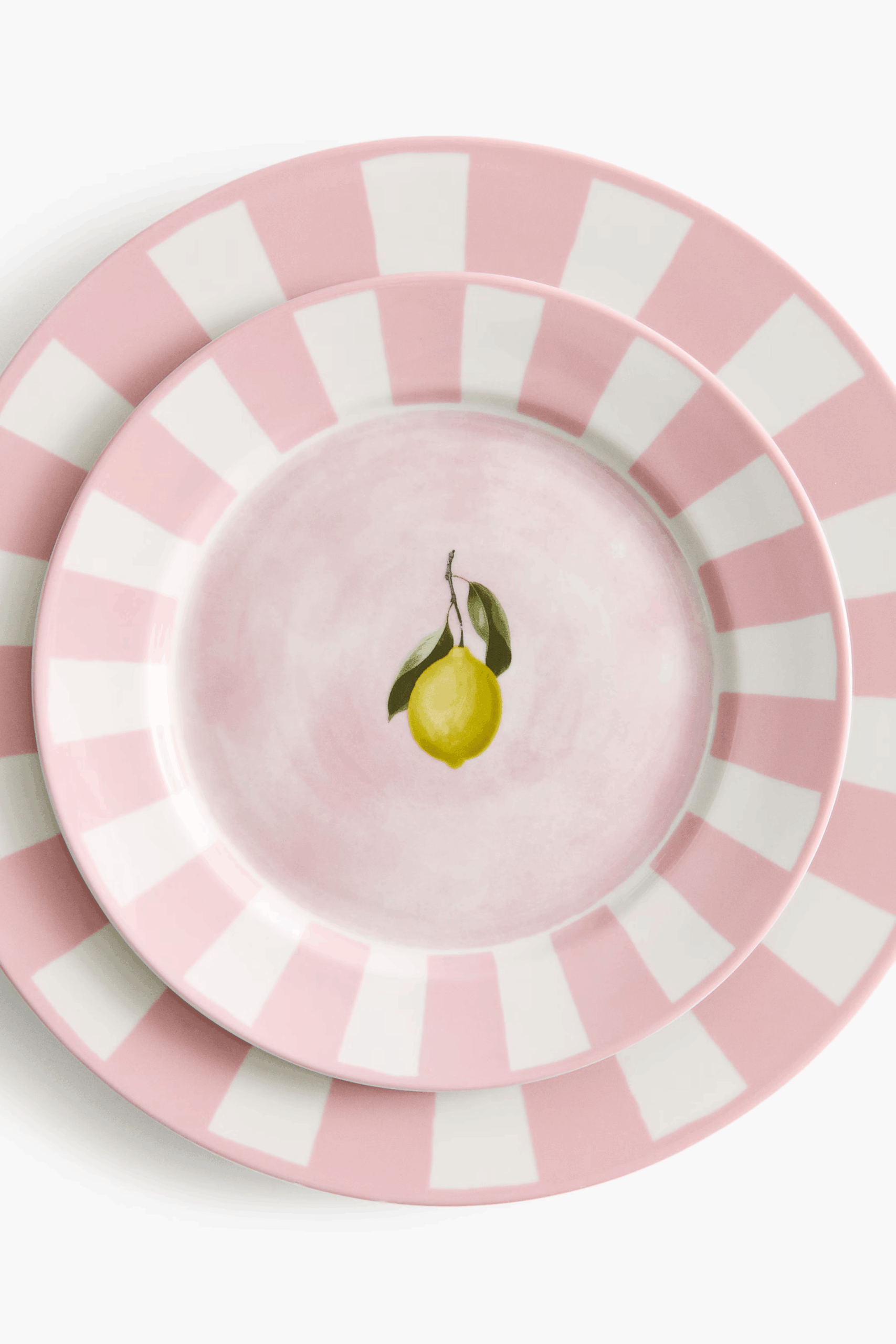Everything you need to know about color in interior design
In the realm of interior design, color stands as a transformative element that shapes the ambiance, mood, and overall aesthetic of a living space. A well-chosen color scheme can elevate a room, making it feel more inviting, expansive, cozy, or luxurious. Yet, with a plethora of options available, selecting the ideal color palette for your home can seem overwhelming. In this comprehensive guide, we will explore the intricacies of color schemes in interior design, delve into different types of color schemes, understand their psychological impacts, and offer actionable tips on how to effectively incorporate them into various spaces.
The Fundamentals of Color Theory in Interior Design
Before delving into specific color schemes, it’s crucial to grasp the basics of color theory. Color theory is the scientific study of how colors interact with one another and how they can be combined to create harmonious or contrasting effects.
Primary Colors: The Building Blocks
Primary colors – red, blue, and yellow – serve as the foundational building blocks of all other colors. These colors cannot be derived by mixing other hues together.
Secondary Colors: The Fusion of Primary Hues
Secondary colors are formed by blending two primary colors. These include green (blue + yellow), orange (red + yellow), and purple (blue + red).
Tertiary Colors: The Intermediate Palette
Tertiary colors emerge from the fusion of a primary color with a secondary color. Examples encompass red-orange, yellow-green, and blue-purple.
Popular Types of Color Schemes in Interior Design
In the dynamic world of interior design, several types of color schemes are often employed by designers to craft visually captivating and harmonious spaces. These include monochromatic, analogous, complementary, triadic, and tetradic color schemes.
Monochromatic Color Scheme: Timeless Elegance
A monochromatic color scheme employs varying shades, tones, and tints of a single color, resulting in a cohesive and sophisticated aesthetic. For instance, a room adorned in shades of blue exudes a calming and serene ambiance.

Analogous Color Scheme: Nature’s Palette
An analogous color scheme incorporates colors that are adjacent to each other on the color wheel, creating a harmonious and visually pleasing look. A room embellished with shades of green and blue evokes a natural and tranquil feel.

Complementary Color Scheme: Dynamic Contrasts
A complementary color scheme utilizes colors that are directly opposite each other on the color wheel, resulting in a vibrant and energetic ambiance. A room accentuated with blue and orange elements radiates a lively and spirited vibe.

Triadic Color Scheme: Balanced Harmony
A triadic color scheme employs three colors that are evenly spaced around the color wheel, creating a balanced and dynamic look. A room adorned with purple, orange, and green accents exudes a bold and playful atmosphere.

Tetradic Color Scheme: Diverse Depth
A tetradic color scheme integrates four colors that are evenly spaced around the color wheel, adding richness and complexity to the overall design. A room embellished with blue, orange, red, and green elements exudes a vibrant and eclectic feel.

Understanding the Psychological Impact of Colors
Colors exert a profound influence on our emotions, mood, and behavior. Familiarizing yourself with the psychological effects of different colors can aid in selecting the perfect color scheme for your space.
Warm Colors: Stimulating and Invigorating
Warm colors such as red, orange, and yellow are stimulating and energizing, creating a cozy and inviting atmosphere. They are well-suited for living rooms, dining areas, and kitchens.

Cool Colors: Calming and Relaxing
Cool colors like blue, green, and purple are calming and soothing, fostering a tranquil and relaxing ambiance. They are ideal for bedrooms, bathrooms, and home offices.

Neutral Colors: Versatile and Timeless
Neutral colors such as white, beige, and gray are versatile and timeless, creating a clean and sophisticated look. They are suitable for any room in the house and serve as excellent base colors for layering other hues.

Pro Tips for Choosing the Perfect Color Scheme
Selecting the ideal color scheme for your home can be a daunting task. Here are some expert tips to guide you through the process:
Consider the Desired Mood and Ambiance
Reflect on the mood and ambiance you wish to create in each room. For instance, cool and soothing colors like blue or green are perfect for crafting a calming and serene bedroom retreat.
Factor in the Room’s Size and Lighting
Take into account the size and lighting conditions of the room when selecting a color scheme. Dark colors can make a small room feel cramped, while light colors can create an illusion of space and airiness. Additionally, well-lit rooms can accommodate brighter and more vibrant colors, whereas poorly lit spaces may benefit from lighter and softer hues.
Experiment with Different Color Combinations
Before finalizing a color scheme, experiment with different color combinations using paint samples or digital design tools. This will provide you with a clearer visualization of how the colors will interact and complement each other in your space.
Embrace Creativity and Personalization
Don’t be afraid to experiment with different colors, textures, and patterns to create a unique and personalized look that resonates with your personality and style. After all, the best color scheme is one that reflects your individuality and makes you feel at home.
Conclusion
Color is a powerful and transformative tool in interior design, capable of elevating a space and influencing our emotions and mood. By understanding the fundamentals of color theory, exploring various types of color schemes, considering the psychological impacts of colors, and following expert tips, you can create a harmonious, visually appealing, and personalized home that truly reflects your unique style and personality. So, unleash your creativity, explore the endless possibilities of color, and embark on a transformative journey to bring your dream home to life with the perfect color scheme!
Paint brands worth a look:
Make sure to read our other blogpost on some of the best interior designs we absolutely love!
No advertisement, just personal recommendation. Blogpost created partially with the help of AI.




